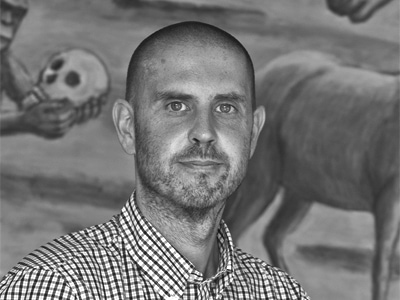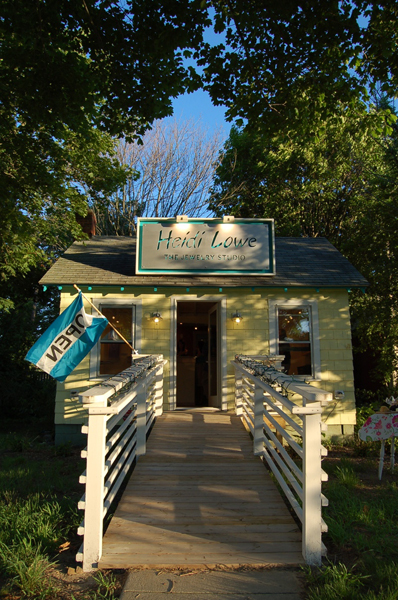
Damian Skinner: How long have you been running a gallery?
Heidi Lowe: It will be seven years on July 31, 2012.
Your building looks kind of special. What is its history, and how did you come to occupy it?
It’s a cute 500 square foot cottage from the 1940s. It sits on a little plot of grass on the main street of Rehoboth Beach. My family had the foresight to trade it for some land about fifteen years ago. Although the place was in disrepair and an old lady was renting it and living there with her many cats, they knew it would be valuable because of its location. It had lots of potential. After the cat lady passed away, the cottage was neglected and unoccupied, except for maybe some squirrels, for over ten years.
It wasn’t until a visit to Lure, a contemporary jewelry gallery/studio space in Dunedin, New Zealand, that I became convinced that I could turn that little rundown cottage into a jewelry gallery and work space, and it could REALLY work. Lure is a small co-op, owned and operated by artists, which only shows art jewelry. This isn’t the first time I had seen this model, but it really inspired me and solidified my decision to open a gallery. A few years before going to Lure, I went to Munich for Schmuck and went into a few jewelry galleries where the artists were working there at their benches and running the gallery. I spoke to one jeweler/gallery owner who really left an impression on me. We talked for a while about his experience of making his work and running the gallery. Similar to Lure, he was exhibiting non-conventional, thoughtful contemporary jewelry, both his own work and that of other artists. It was obvious at both spaces that a lot of consideration was put into how they displayed the various work as well.
The cottage was basically in shambles when I took it over. It took one-and-a-half months of solid work to restore the electricity and water, get everything up to code, and gut and rebuild the interior. But it was well worth it and we’re going on seven years this July.
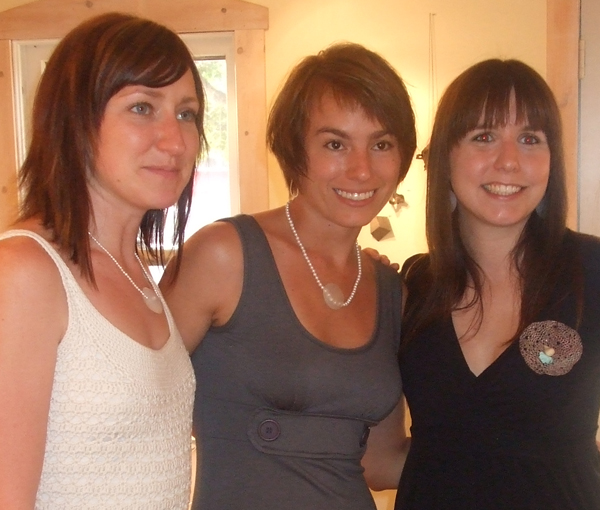
I have made and sold my own jewelry since I was thirteen, so I was in the jewelry business very early on. I’ve been interested in the arts since I was little. My mom is an artist and I took art classes as far back as I can remember. Eventually, I went to Maine College of Art for a BFA in metals. My focus there was mostly on developing a solid foundation of metal-working skills and techniques. Tim McCreight, my professor, also really instilled a love for making and making well. He encouraged me to go for a semester in Oregon College of Art and Craft in Portland. They really pushed thinking about jewelry conceptually, which was totally different for me, but I embraced it. While at OCAC, I had to come up with a basis for my thesis and was interested in ideas about power, control and restraint. I learned how the ways a person adorns themselves could convey these ideas or be physical representations of them. My experience at OCAC and making work for my thesis show really got me interested in contemporary jewelry. It made me look at and think about jewelry differently. It changed my thoughts about what jewelry could be, conceptually and physically. My approach to my own work changed.
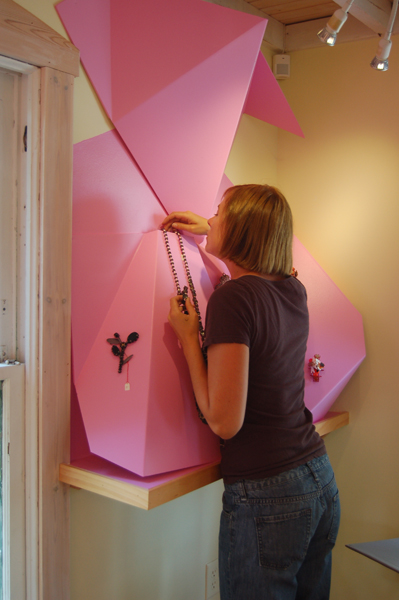
When people come into the gallery who aren’t familiar with the work, I let them look around and then I ask them what they are drawn to. I tell them about the artist whose work they are interested in and what the artist may have been thinking about, inspired by or ideas she/he is exploring when making the particular body of work. I try to relate the jewelry to something they might be more familiar with to show the parallels of jewelry artists and artists in other creative fields, like architecture or painting. Or, if it applies, I relate it to the history of jewelry and how the work may be influenced by it, or a rejection of it. It is really important to me to create an open conversation and environment where people feel comfortable to ask questions and want to learn more. It’s so great when you’re part of a person’s ‘discovery’ of art jewelry and that person gets excited about it. The more the public sees contemporary jewelry, the more comfortable they become and the more likely they are to fall in love –and all the better for all of us.

I think variety of the groups is really important because it makes it much more interesting and helps one understand the other. I generally gravitate more to formal work, artists experimenting with materials, color, form, silhouette and so on, and to work that is referential to the history of jewelry and its formats. The work has to be well crafted, regardless of conceptual intentions. I’m not really drawn to political work or transient, performative work, although I do think it has its place. I see myself as an advocate for emerging artists and want to help foster their careers and artistic development.
Do you show jewelry from other countries as well as American work? Do you think there is much difference?
I tend to show more work by Americans, but it really just depends on the work and the particular exhibition. I am starting to represent artists and most of them are American, but I will have a few from other countries too. I do think that there are differences between work from various countries and regions. But every time I think of a quality or approach that may seem specific to an area, it just seems so superficial and oversimplifies the work. I think of so many examples that would contradict a generalized quality or approach. I think there is also much more of an international exchange which leads to more similarities and variances. I think the difference lies more in the public’s understanding and support of contemporary jewelry in various countries than the work itself.
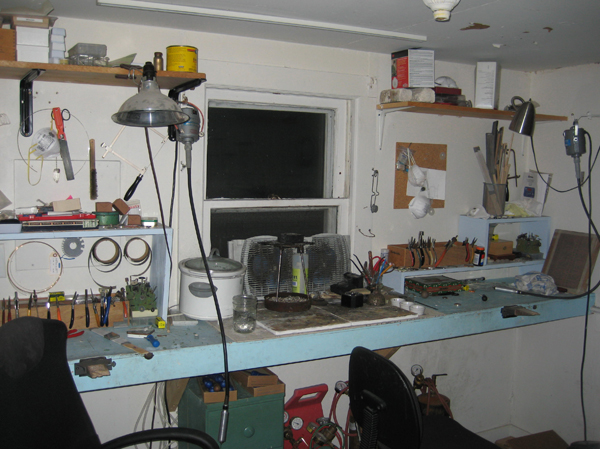
There are pros and cons to being both the gallery owner and the jeweler. Some days I feel extremely schizophrenic! I have been trying to not separate the gallery owner from the jeweler, meaning the business side of the brain from the creative side and using the skill set and strengths of each to help the other. I think of the gallery as an artwork that is constantly evolving. It’s something that I put out in the world for people to see and I am constantly trying to create conversations and draw people in to take a more in-depth look. Every aspect is considered. I am inspired by different things, which generates a new energy and influences my decisions. I explore various ways of approaching the gallery; I have to figure out what’s working and why and weed out the things that aren’t working. I’m always questioning it and contemplating it, sometimes to a fault. It’s the same processes and feelings that I go through when I’m making jewelry.
I think this also helps me relate to artists I exhibit because I am a maker and an artist. I intimately understand the different stages of the artistic process and try to be supportive. It also helps being a jeweler and a gallery owner in terms of quality control. I know when an earring wire is too thick and if needed, I can suggest adjustments be made to a mechanism so it functions better.
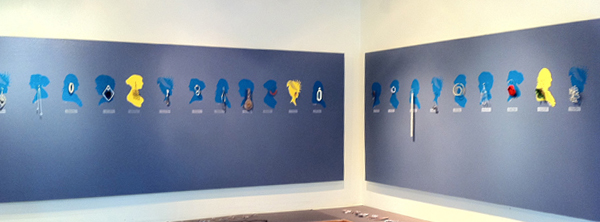
I recently went to Schmuck in Munich and I saw a lot of really great work! I really enjoyed Mirjam Hiller’s dimensional sheet metal pieces at Galerie Ra. I say Tracy Steepy’s new plywood neckpieces at Sienna Gallery are great and I always love Rebecca Hannon’s work.
